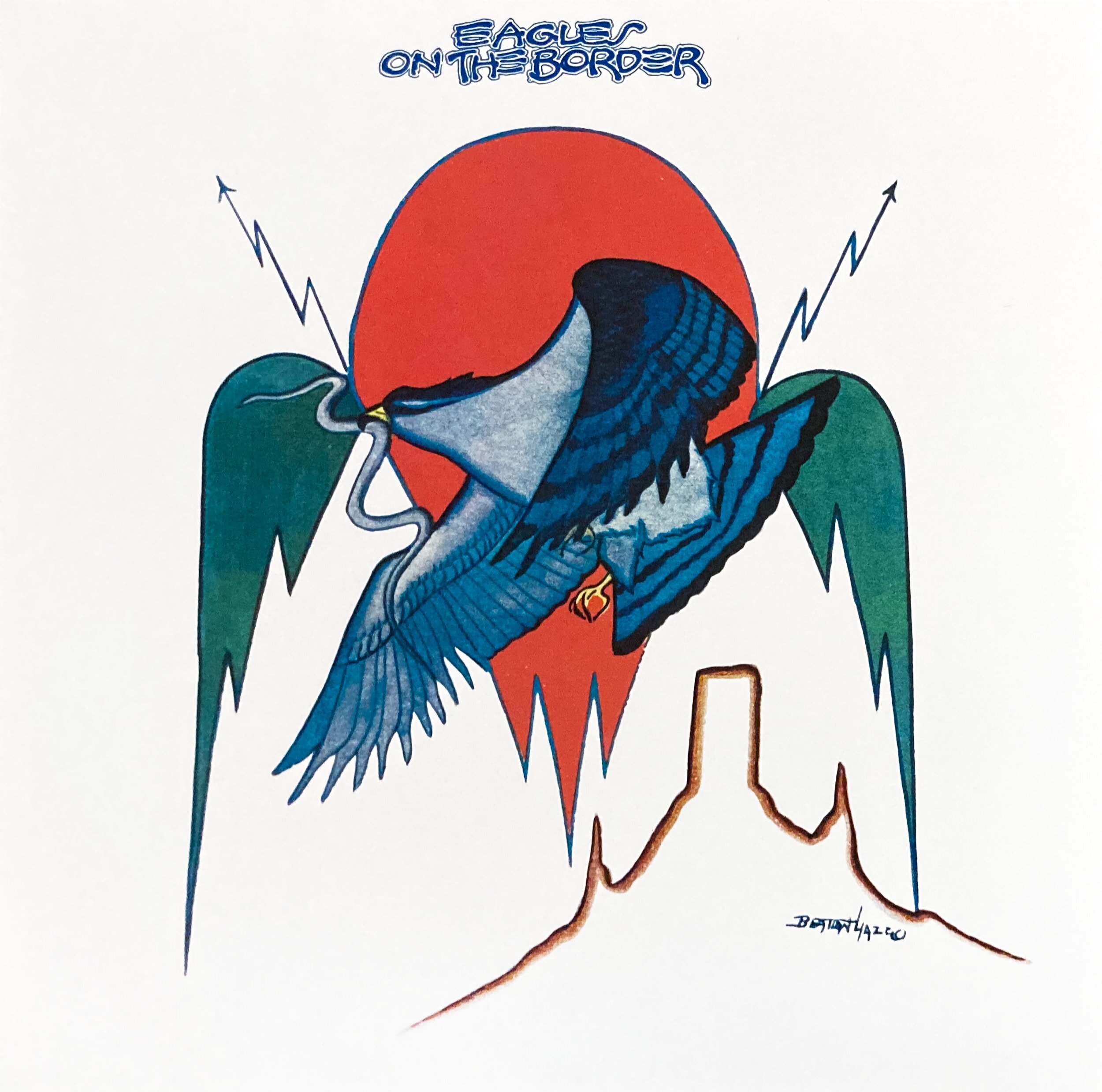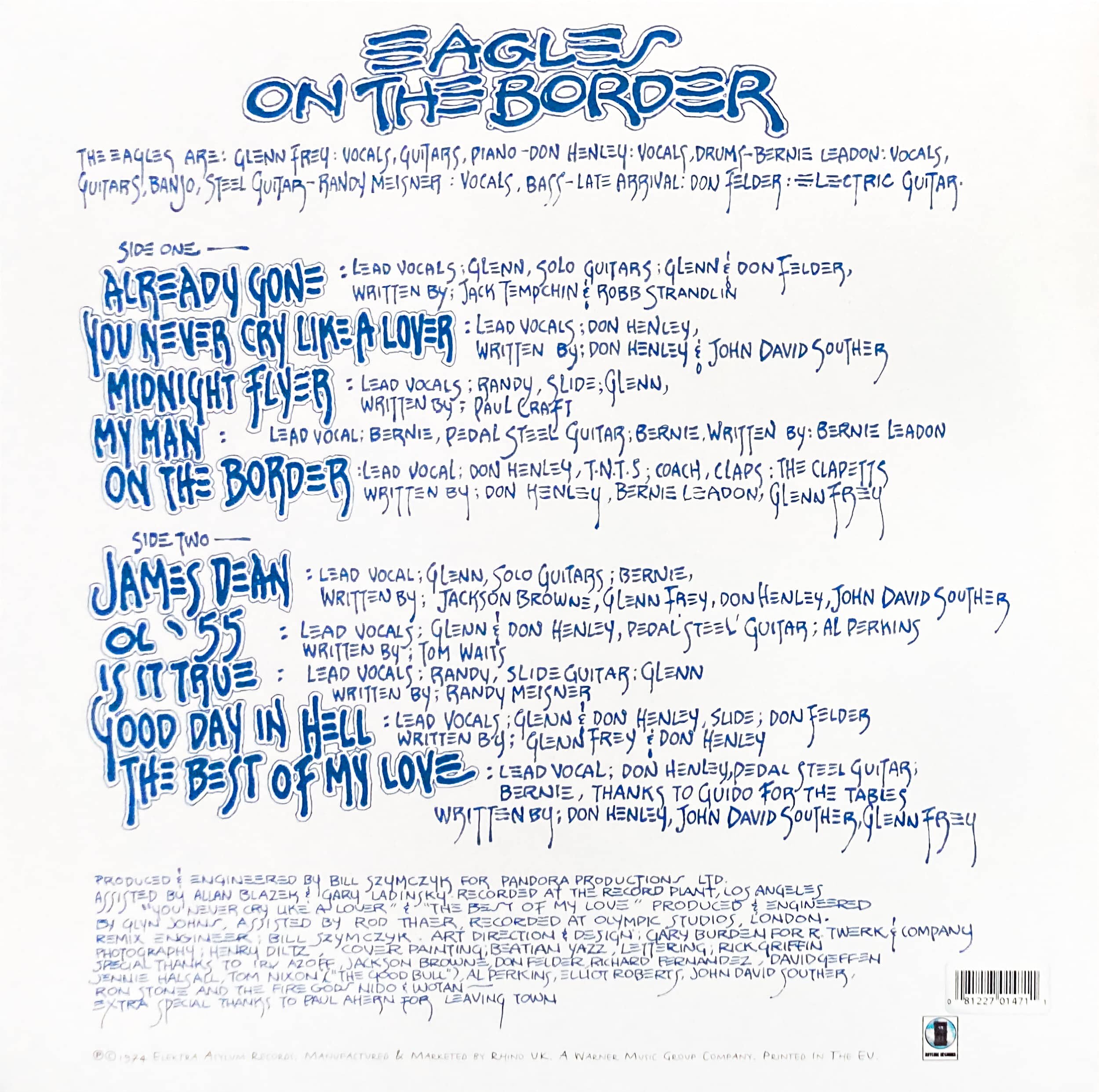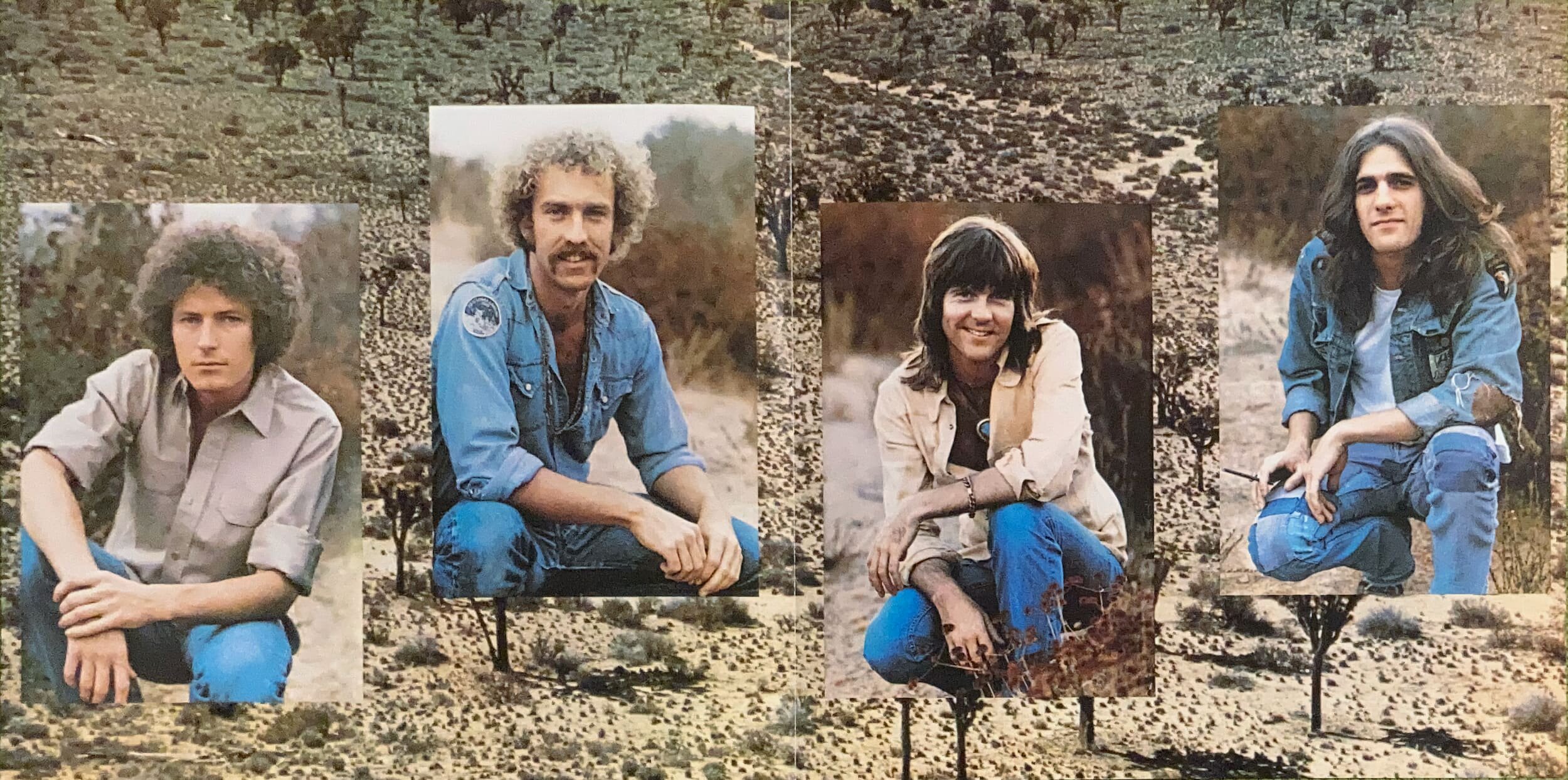Released in 1974, Goodnight Vienna is the follow-up to Ringo Starr’s commercially successful and critically acclaimed album Ringo, yet despite the fanfare, this is the stronger album. That may rub some people the wrong way but it is my subjective truth. As with many of Starr’s solo works, Goodnight Vienna is somewhat whimsical, but it perfectly encapsulates his unique charisma via an appealing blend of rock, pop, and ballad-styled tunes. The result is that Goodnight Vienna is a dynamic album that is severely underrated; much like his hidden gem Old Wave.
Goodnight Vienna is also notable for featuring one of Ringo’s most star-studded lineups with collaborations coming from John Lennon, Elton John, Bernie Taupin, Harry Nilsson, David Foster, Gary Wright, and Dr. John, to name a few of the incredible musicians that contributed to this sensational album. However, it is Jim Keltner’s recordings with Starr that I find most interesting for Keltner is a master drummer in his own right, but to drum for the drummer of The Beatles; that would, at the very least, have been intimidating. Still, given the extensive nature of Keltner’s session recordings, it would be fair to say that as much as Ringo was crucial to the success of The Beatles, Keltner is much more diverse and while not a household name, is an ardent student of the art of drumming.
Speaking of art, if we look beyond the music, the album artwork for Goodnight Vienna is captivating. Inspired by the 1951 film, The Day The Earth Stood Still, Goodnight Vienna has one of the most recognisable covers from the era; a time when a record’s visual presentation was of paramount importance in not only making it stand out in record stores but in providing a complete visual counterpart to the music. Admittedly, the artwork has little, if anything, to do with the music contained within, but its somewhat quizzical nature melds perfectly with Starr’s overall style.
While I have yet to be fortunate enough to attain a copy of this classic album on the larger vinyl canvas, the Lossless Apple Music stream, an Apple Digital Master, is nothing short of exceptional. Every musical element is given room to breathe and while that’s primarily a testament to the recording and mixing of the album, the soundstage is both enveloping and captivating, thereby ensuring that it’s not only a pleasure to listen to but so appealing that other than the tactility of a vinyl record, and that warmer analogue sound, there really is little reason to seek out a physical release.
Goodnight Vienna (It's All Down To) has an incredibly catchy rhythm and is one song that is perfect for Starr’s vocal style. Written by John Lennon, it’s also one of his greatest songs that he never recorded himself, but it has the Beatle-esque styling that many fans will find appealing as you can imagine just how the Fab Four would have approached this recording. I’d suggest it would be largely the same, perhaps with a few more musical elements thrown in for good measure, but it’s a sensational fun upbeat song to start the album with. The only disappointing aspect is that the song’s a little short and despite flowing well into Occapella, another 30 seconds to a minute would have been ideal.
Occapella brings Starr’s whimsical personality front and centre with this funky Allen Toussaint composition. Driven by a bouncy musical bed, and an infectious rhythm, Starr’s vocal presentation adds to the overall appeal of the song, thereby ensuring that Occapella is one of the greatest songs he’s ever recorded.
Oo-Wee is a straightforward rocker with a touch of Starr’s carefree attitude. While not necessarily groundbreaking, Oo-Wee offers listeners a fun moment that reflects Ringo’s penchant for simple, feel-good tunes.
Husbands And Wives, a cover of Roger Miller’s 1966 original recording from Words And Music, is simply magnificent. Starr takes the original, and adds a touch of tenderness and sincerity to his usual vocal flare, thereby ensuring that this interpretation was in every way as appealing as the original was.
Snookeroo is a lively tune that stands out as one of the album’s highlights; particularly when it comes to the addictively good chorus. Written by Bernie Taupin and Elton John, Snookeroo offers a semi-autobiographical tale on Ringo’s working-class roots, but it’s the electrifying musical bed that ensures Snookeroo is memorable.
All By Myself is a moody blues-inspired track that sees Ringo delve into more sombre territory than is usual for his musical output. Despite lacking the energy of the other songs on Goodnight Vienna, the chosen arrangement and Starr’s vocal performance add depth to the album’s overall tone, thereby making it a perfect album-only number.
Call Me, with its mellow melody and catchy chorus, makes for an enjoyable listen, especially following on from All By Myself, and is another quintessential album-only tune that while not a standout, ensures the record is the sum of its parts, rather than appealing due to a few standout tunes.
No-No Song has a reggae-tinged rhythm and lighthearted feel that make it an undeniable earworm. Combining humour and an anti-drug message, No-No Song is charming and is one of the most memorable tracks from the album.
Only You (And You Alone) is a cover of the legendary Platters’ 1955 hit and while it has been recorded by a who’s who of the music industry throughout the decades, Starr interprets the song considerably differently thereby ensuring that this classic tune has a warm radiance that is somewhat missing from the original recording. Musically, it’s a little more uplifting whereas the original has a haunting quality that, despite being a style of the era, can also make the song a little less romantic and despondent when compared to Starr’s recording.
Easy For Me offers a melancholic orchestral arrangement that allows Ringo to convey an emotional vulnerability via his lyrical delivery. While the song’s pacing may feel slow, compared to the more vibrant tracks on the album, it’s also one of Starr’s greatest vocal performances.
Goodnight Vienna (It's All Down To) [Reprise] brings the album full circle and closes this experience perfectly with this brief and celebratory conclusion that will encourage you to spin the record again.
Ultimately, Goodnight Vienna is a delightful album that successfully blends humour, charm, and musical variety. Add to that the collaborations and contributions by some of the era’s most legendary musicians and what you’ve got is a timeless record that is not only one of the best Starr ever recorded, but it’s amongst the greatest records released in the 70s; certainly in 1974.



![Kansas – Kansas (Self-Titled) [Album Review]](https://images.squarespace-cdn.com/content/v1/565c1ab5e4b05079e4bfa169/1729055326735-A3FSIRSECNVK2QXX9W0J/Kansas+Self-Titled+Album+Cover.jpg)








